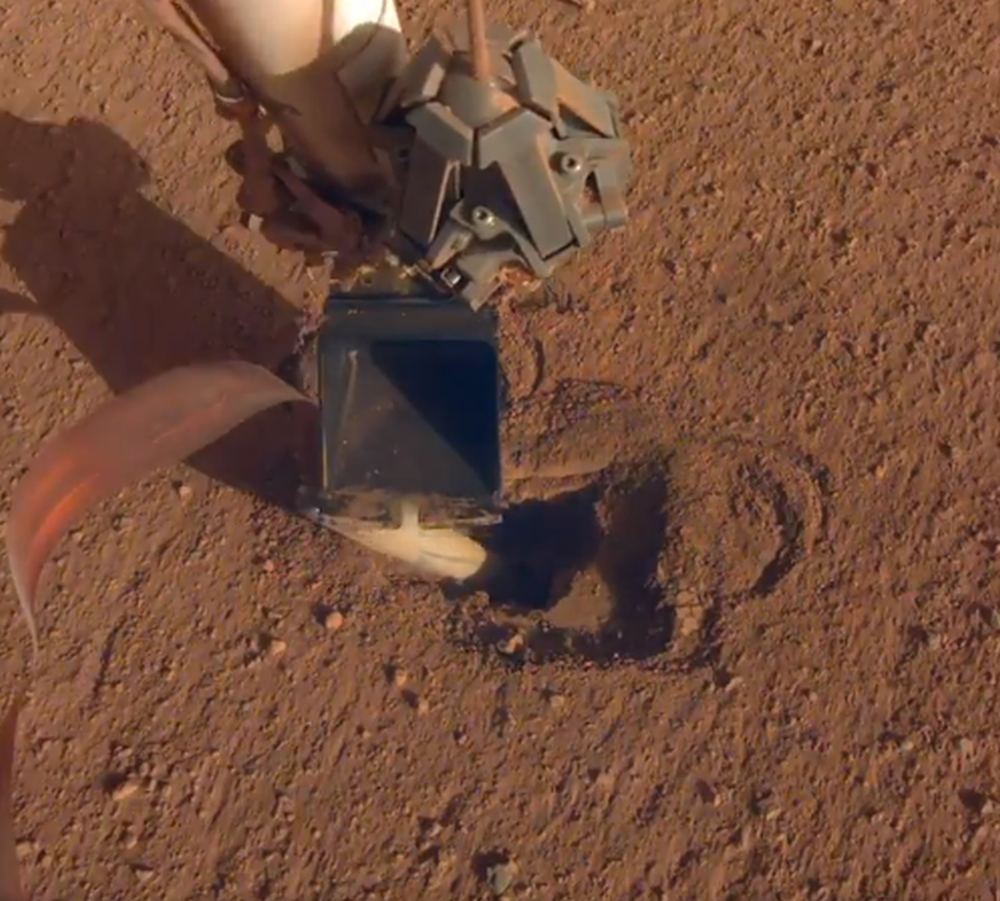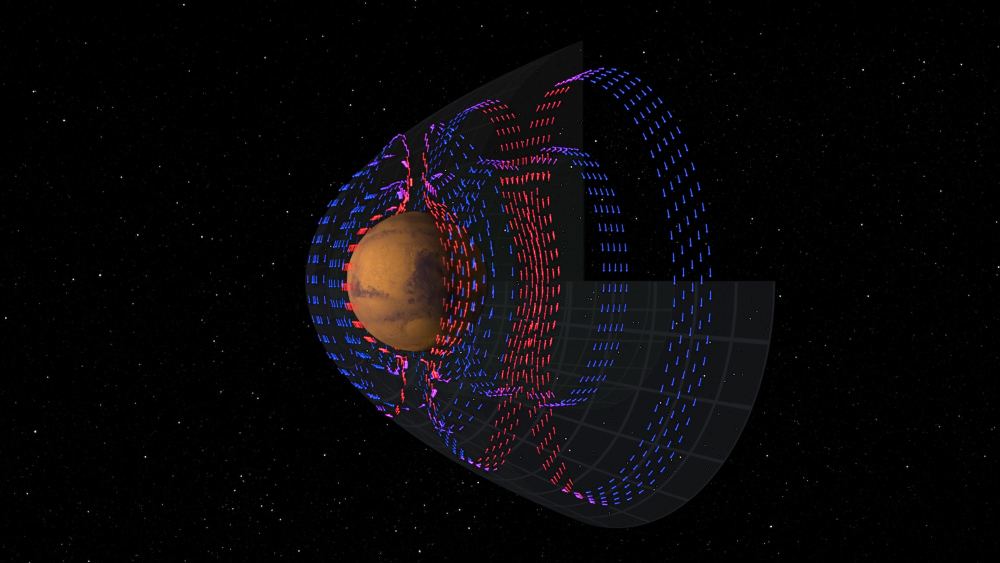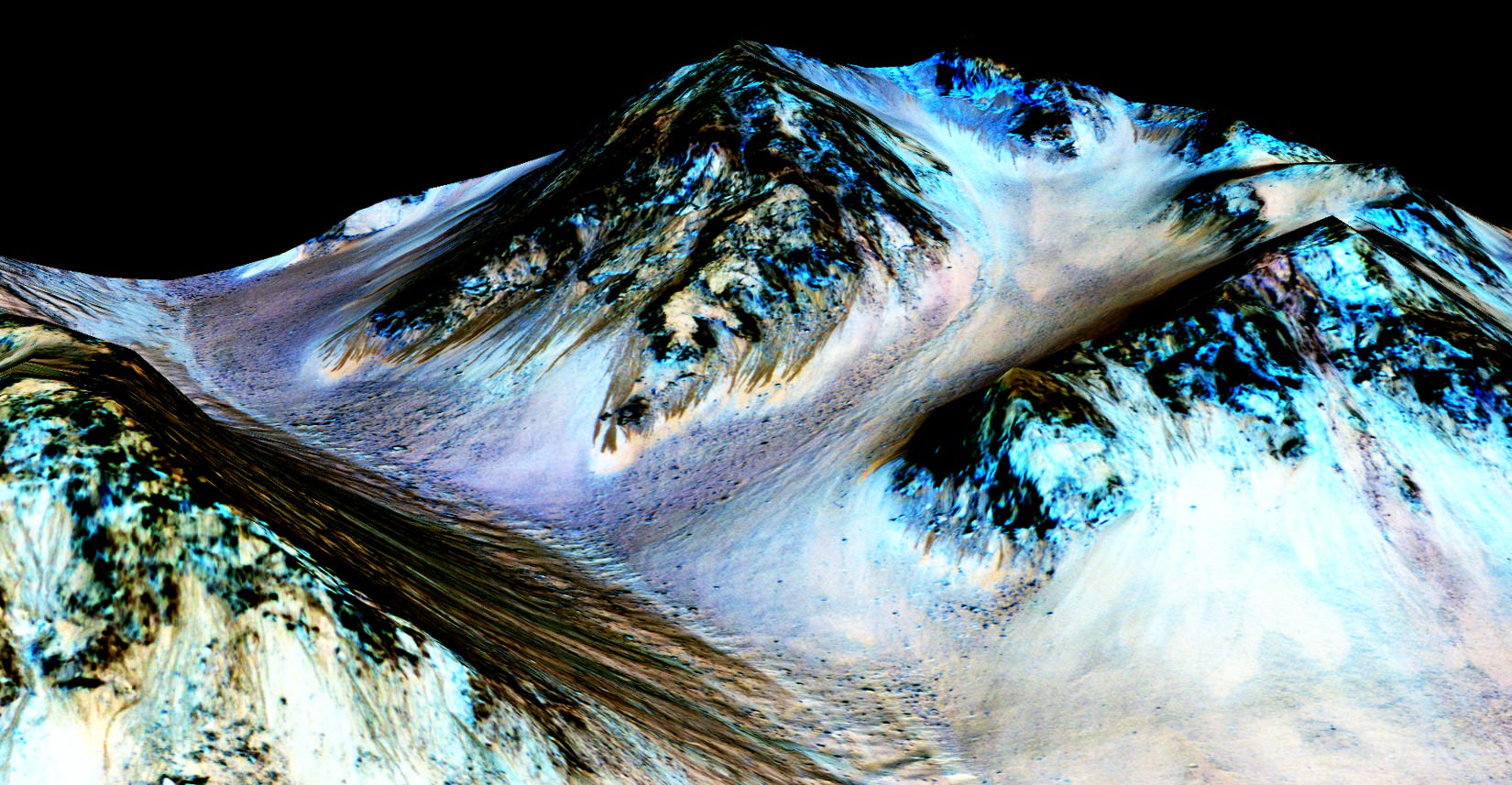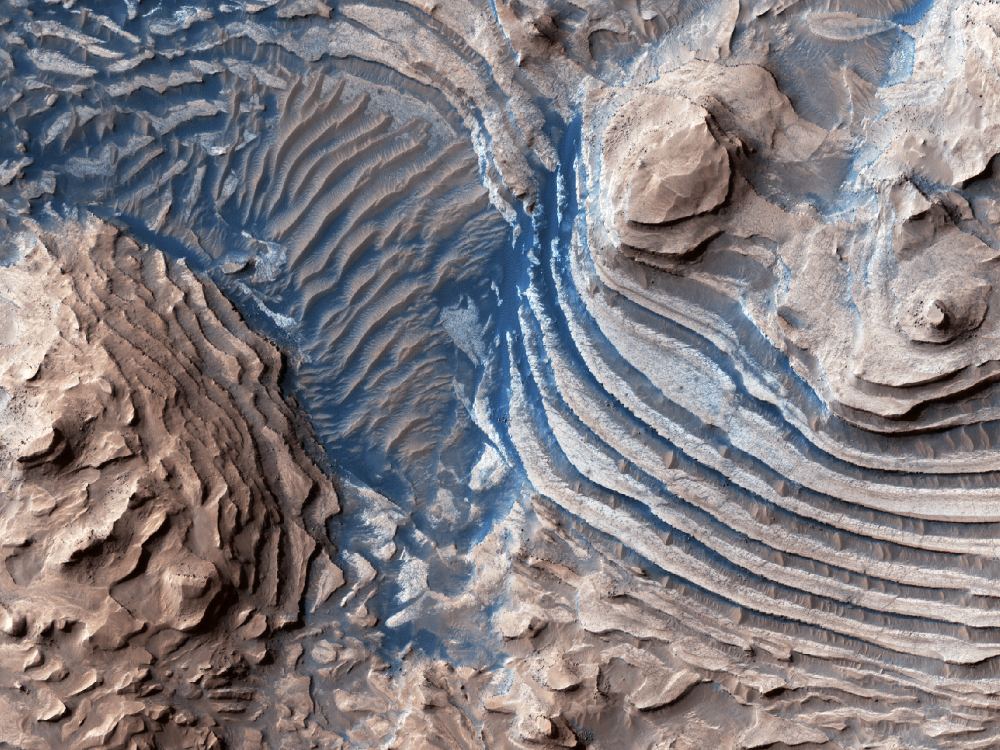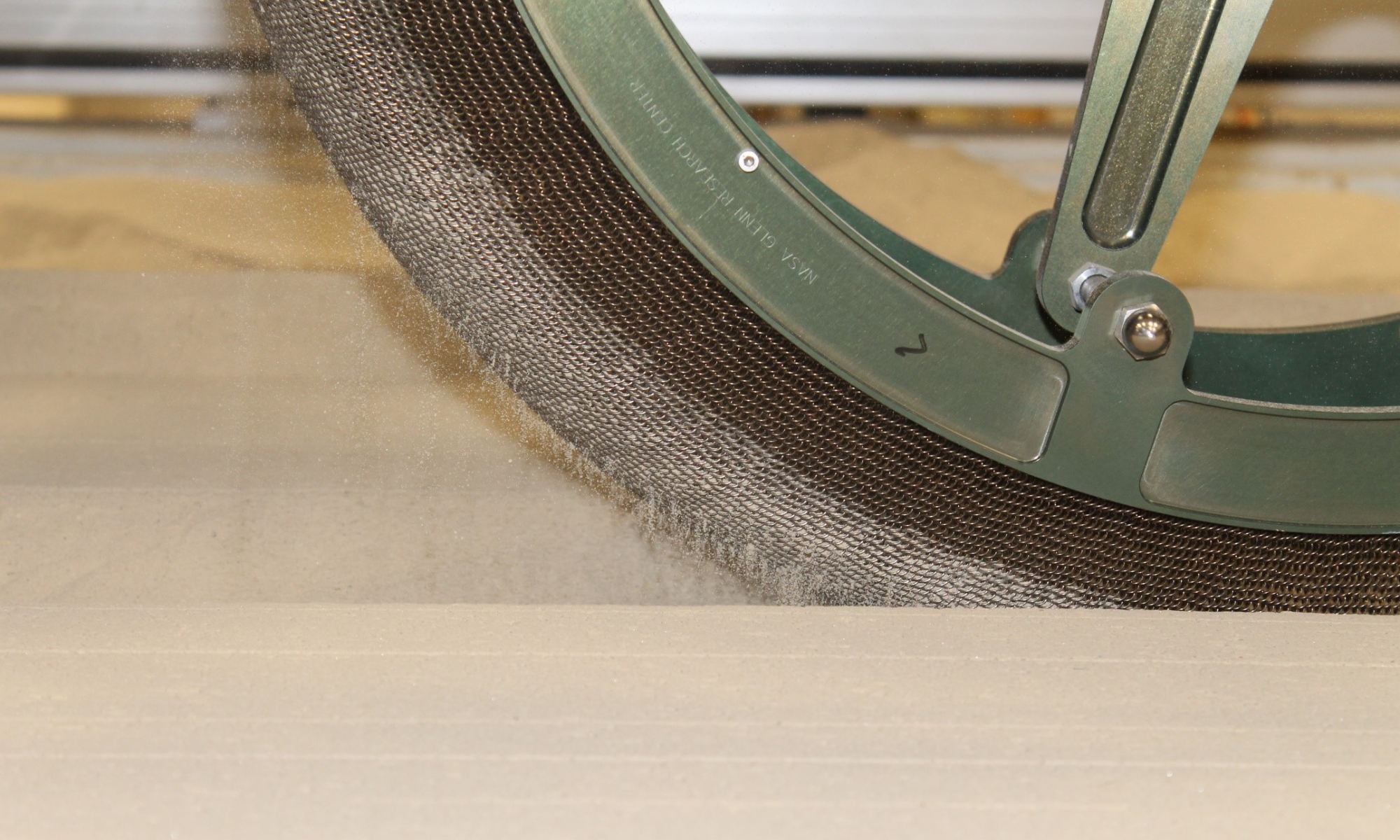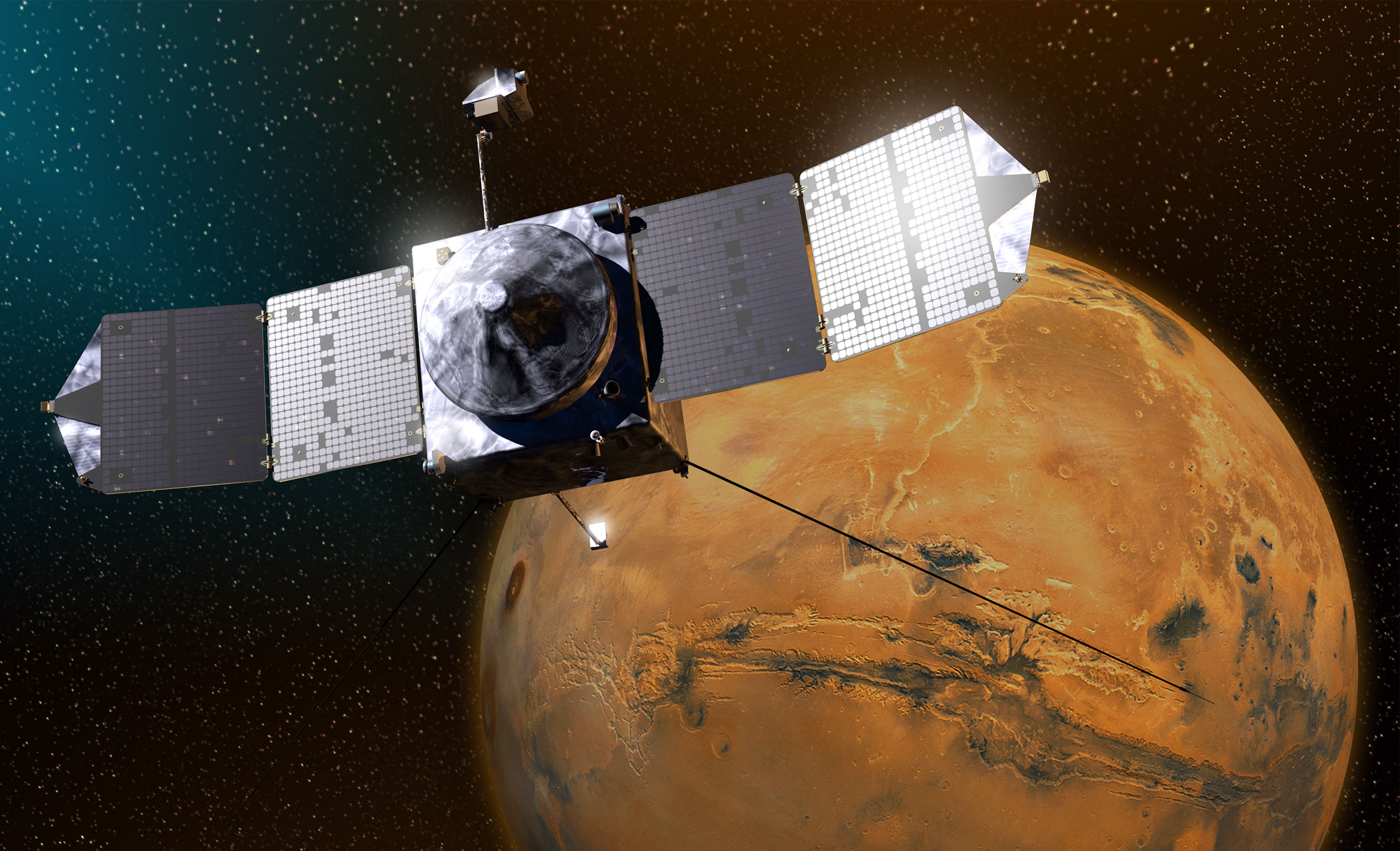It looks like the InSight Lander’s Mole instrument is making some progress. After months of perseverance, the team operating the instrument has succeeded in getting the Mole at least some distance into the ground.
That’s a victory in itself, considering all the setbacks there’ve been. But it’s too soon to celebrate: there’s quite a ways to go before the Mole can deliver any science.
Continue reading “Finally! Mars InSight’s Mole is Now Underground”
